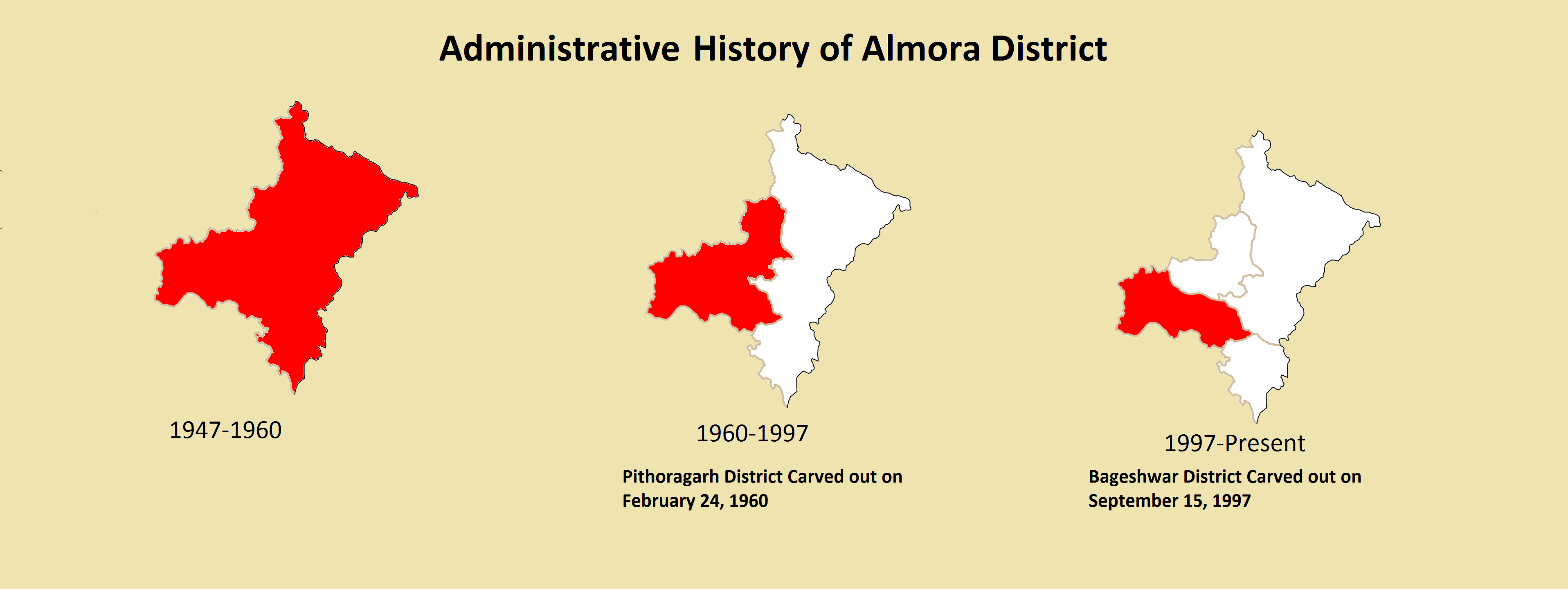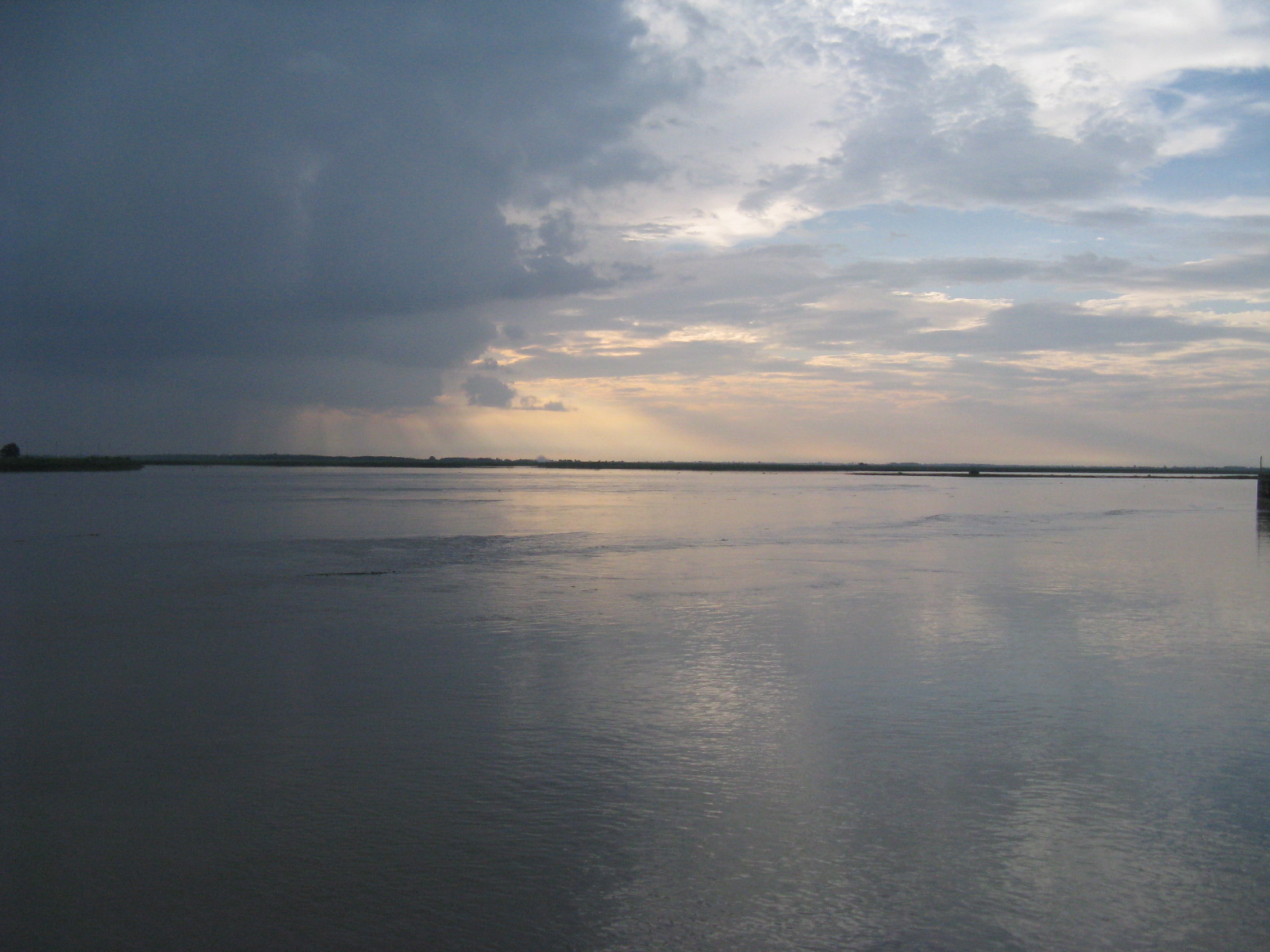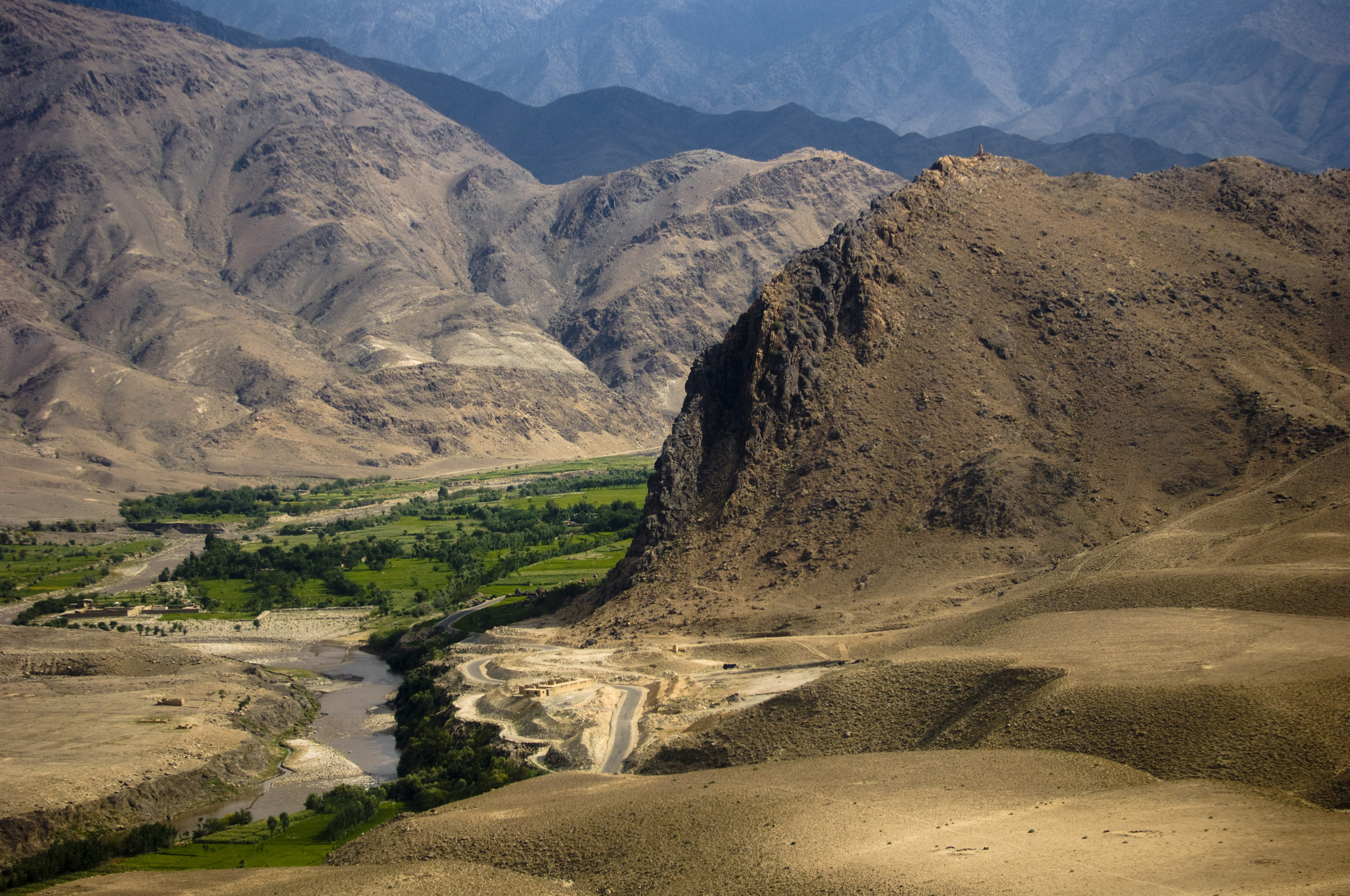|
Chandelas Of Kumaun
The Chand dynasty was a kingdom that ruled the Kumaon area in present-day Uttarakhand state of India, after the decline of the Katyuri kingdom. At times, their rule also extended to the western parts of present-day Nepal. Somchand established the dynasty, establishing his capital at Rajbunga in present-day Champawat. The traditional genealogical lists of the Chand dynasty date their founder's ascension to as early as the 7th century, but historical evidence suggests that the Chand rule began only in the early 11th century. Their rule ended in 1790, when Bahadur Shah of Nepal invaded the region, forcing the last king - Mahendra Chand - to flee. History Origin Several traditional genealogical lists (''vamshavali''s) of the Chand dynasty are available, but these are not completely reliable, having been compiled in the mid-19th century. According to such traditional lists and chronicles, Som (or Soma) Chand established the Chand dynasty in the 7th century. Based on this, an ... [...More Info...] [...Related Items...] OR: [Wikipedia] [Google] [Baidu] |
Sovereign State
A sovereign state is a State (polity), state that has the highest authority over a territory. It is commonly understood that Sovereignty#Sovereignty and independence, a sovereign state is independent. When referring to a specific polity, the term "country" may also refer to a constituent country, or a dependent territory. A sovereign state (polity), state is required to have a permanent population, defined territory, a government not under another, and the capacity to International relations, interact with other sovereign states. In actual practice, recognition or non-recognition by other states plays an important role in determining the status of a country. List of states with limited recognition, Unrecognized states often have difficulty engaging in Diplomacy, diplomatic relations with other sovereign states. History Since the end of the 19th century, almost the entire globe has been divided into sections (countries) with more or less defined borders assigned to different sta ... [...More Info...] [...Related Items...] OR: [Wikipedia] [Google] [Baidu] |
British Raj
The British Raj ( ; from Hindustani language, Hindustani , 'reign', 'rule' or 'government') was the colonial rule of the British The Crown, Crown on the Indian subcontinent, * * lasting from 1858 to 1947. * * It is also called Crown rule in India, * * * * or direct rule in India. * Quote: "Mill, who was himself employed by the British East India company from the age of seventeen until the British government assumed direct rule over India in 1858." * * The region under British control was commonly called India in contemporaneous usage and included areas directly administered by the United Kingdom of Great Britain and Ireland, United Kingdom, which were collectively called ''Presidencies and provinces of British India, British India'', and areas ruled by indigenous rulers, but under British British paramountcy, paramountcy, called the princely states. The region was sometimes called the Indian Empire, though not officially. As ''India'', it was a founding member of th ... [...More Info...] [...Related Items...] OR: [Wikipedia] [Google] [Baidu] |
Raja Todar Mal
Raja Todar Mal (1523-24 – 8 November 1589) was an Indian minister, economist, and military commander who served as the Finance Minister (Diwan-i-Ashraff) of the Mughal empire during the reign of Akbar I. He was also the Vakil-us-Sultanat (Counsellor of the Empire) and Joint Wazir. He was one of the premier nobles in the Mughal Empire and was a Mansabdar of 4000. He was one of the ''Navaratnas'' in Akbar's court. Under Todar Mal, there were 15 other Dewans nominated for 15 Subahs of Akbar. Life Todar Mal was born in the town of Laharpur in present-day Uttar Pradesh in a Hindu family, considered by historians as either Agrawal, Khatri or Kayastha. Todar Mal's father died when he was very young leaving no means of livelihood for him. Todar Mal started his career from the humble position of a writer but slowly moved up the ranks when Sher Shah Suri, the Sur emperor, assigned him to the charge of building a new fort of Rohtas in Punjab with the objective of preventing ... [...More Info...] [...Related Items...] OR: [Wikipedia] [Google] [Baidu] |
Akbarnama
The ''Akbarnama (; )'', is the official chronicle of the reign of Akbar, the third Mughal Emperor (), commissioned by Akbar himself and written by his court historian and biographer, Abul Fazl. It was written in Persian, which was the literary language of the Mughals, and includes vivid and detailed descriptions of his life and times. It followed the ''Baburnama'', the more personal memoir by his grandfather, Babur, founder of the dynasty. It was produced in the form of lavishly illustrated manuscripts. The work was commissioned by Akbar, and written by Abul Fazl, who was one of the ''Nine Jewels'' (Hindustani: Navaratnas) of Akbar's royal court. It is stated that the book took seven years to be completed. The original manuscripts contained many miniature paintings supporting the texts, thought to have been illustrated between and 1594 by at least forty-nine different artists from Akbar's imperial workshop, representing the best of the Mughal school of painting, and masters o ... [...More Info...] [...Related Items...] OR: [Wikipedia] [Google] [Baidu] |
Lahore
Lahore ( ; ; ) is the capital and largest city of the Administrative units of Pakistan, Pakistani province of Punjab, Pakistan, Punjab. It is the List of cities in Pakistan by population, second-largest city in Pakistan, after Karachi, and 27th List of largest cities, largest in the world, with a population of over 14 million. Lahore is one of Pakistan's major industrial, educational and economic hubs. It has been the historic capital and cultural center of the wider Punjab region, and is one of Pakistan's most Social liberalism, socially liberal, Progressivism, progressive, and Cosmopolitanism, cosmopolitan cities. Origins of Lahore, Lahore's origin dates back to antiquity. The city has been inhabited for around two millennia, although it rose to prominence in the late 10th century with the establishment of the Walled City of Lahore, Walled City, its fortified interior. Lahore served as the capital of several empires during the medieval era, including the Hindu Shahis, Gha ... [...More Info...] [...Related Items...] OR: [Wikipedia] [Google] [Baidu] |
Akbar
Akbar (Jalal-ud-din Muhammad Akbar, – ), popularly known as Akbar the Great, was the third Mughal emperor, who reigned from 1556 to 1605. Akbar succeeded his father, Humayun, under a regent, Bairam Khan, who helped the young emperor expand and consolidate Mughal domains in the Indian subcontinent. He is generally considered one of the greatest emperors in Indian history and led a successful campaign to unify the various kingdoms of '' Hindūstān'' or India proper. Quote: "Akbar, The greatest Mughal emperor of India." Akbar gradually enlarged the Mughal Empire to include much of the Indian subcontinent through Mughal military, political, cultural, and economic dominance. To unify the vast Mughal state, Akbar established a centralised system of administration and adopted a policy of conciliating conquered rulers through marriage and diplomacy. To preserve peace and order in a religiously and culturally diverse empire, he adopted policies that won him the support of his no ... [...More Info...] [...Related Items...] OR: [Wikipedia] [Google] [Baidu] |
Garhwal Kingdom
Kingdom of Garhwal ( ''गढ़वाल राज्य'' ) was an Himalayan kingdom in the current north-western Himalayan state of Uttarakhand, India, founded in 823 CE by Kanak Pal the progenitor of the Panwar dynasty that ruled over the kingdom uninterrupted until 1803 CE. The kingdom was divided into two parts during the British Raj, namely: the princely state ''of Garhwal'' and the ''Garhwal District'' of British India. The princely state of Garhwal consisted of the present day Tehri Garhwal district and most of the Uttarkashi district. This former state acceded to the Union of India in August 1949 CE. History Ancient The royal dynasty of Garhwal started with Kanak Pal. Garhwal Kingdom was founded in 823 AD, when Kanak Pal, the prince of Malwa (present day Madhya Pradesh), on his visit to the Badrinath Temple, met Raja Bhanu Pratap, the ruler of Chandpur Garhi, one of the 52 Garhs of Garhwal. Raja Bhanu Pratap had no sons. The King married his only dau ... [...More Info...] [...Related Items...] OR: [Wikipedia] [Google] [Baidu] |
Almora District
Almora is a District (India), district in the Kumaon Division of Uttarakhand state, India. The headquarters is at Almora. It is 1,638 meters above sea level. The neighbouring regions are Pithoragarh district to the east, Chamoli district to the west, Bageshwar district to the north and Nainital district to the south. History The ancient town of Almora was the capital of the Kumaon Kingdom, before its establishment, it was under the possession of Katyuri Kings, Katyuri king Baichaldeo. Later on when the Chand dynasty was founded in Champawat, the town of Almora was founded at this centrally located place in 1568 by Kalyan Chand. Later Chand kings shifted the capital of the Kumaon Kingdom from Champawat to Almora. Almora town was the administrative headquarters of the Kumaun district; which was formed in 1815 following the defeat of Gorkha army in the Anglo-Gorkha war and the 1816 Treaty of Sugauli. The Kumaun district then consisted of the complete Kumaon Division excluding the ... [...More Info...] [...Related Items...] OR: [Wikipedia] [Google] [Baidu] |
Kali River (Uttarakhand)
The Sharda River is the downstream of Kāli River (or Mahakali River) that originates in the northern Uttarakhand state of India in the Great Himalayas on the eastern slopes of Nanda Devi massif, at an elevation of in the Pithoragarh district. It then flows between the Nepal and India border. Descending, it enters the Indo-Gangetic Plain at Brahmadev Mandi in Nepal, where it expands above the Sharda Barrage. From that point onward, it is known as the Sharda River. The river proceeds southeastward into India through northern Uttar Pradesh before merging with the Ghaghara River southwest of Bahraich, covering a distance of approximately 300 miles (480 km). It offers potential for hydroelectric power generation. The river is also proposed as source for one of the many projects in the Himalayan component of the Indian Rivers Inter-link project. Etymology and naming It is named after Śāradā, which is another name for Saraswati, the goddess of learning. It is called M ... [...More Info...] [...Related Items...] OR: [Wikipedia] [Google] [Baidu] |
Ghaznavid Campaigns In India
The Ghaznavid campaigns in India refer to a series of military expeditions lasting 54 years (973–1027) launched by the Ghaznavid Empire, a prominent empire of the 10th and 11th centuries. They went to the Indian subcontinent, led primarily by Sultan Mahmud of Ghazni (), leaving a profound impact on the region's history and culture. Beginning in the late 10th century, these incursions marked a significant chapter in the history of South Asia, with Ghaznavid forces penetrating deep into the Indian subcontinent, including the Punjab region and northern India. The primary objectives of these campaigns included the acquisition of wealth, the propagation of Islam, and the establishment of Ghaznavid rule in the region. By the end of the 10th century, the Ghaznavid ruler Sabuktigin captured the region between Laghman and Peshawar from the Hindu Shahi ruler Jayapala. This laid the foundation for the Ghaznavids to establish their dominance over parts of present-day Afghanistan and I ... [...More Info...] [...Related Items...] OR: [Wikipedia] [Google] [Baidu] |
Jhusi
Jhusi or Jhunsi is a town in Prayagraj district in the Indian state of Uttar Pradesh. It was formerly called Pratishthan Pur or Puri. The place is also noted for being one of the Neolithic sites that provides some of the earliest evidence of farming in South Asia. It is also plays a significant role in Magh Mela, a festival which takes place annually during Magha, the eleventh month of the Hindu calendar. Geography Jhusi has an average elevation of . It is the biggest town area in Prayagraj district. It is located on the banks of the Ganges River, and is connected to the main city by Lal Bahudar Shastri Bridge. Demographics As of the 2011 Indian census, Jhusi had a population of 33,901 including the populations of Jhusi Nagar Panchayat and Jhusi Kohna census town, 13,878 and 20,023 respectively. Now Jhusi is part of Prayagraj Municipal Corporation since last 01 Jan 2020. History An archeological site near the confluence of the Ganges and Yamuna rivers yielded a carbon ... [...More Info...] [...Related Items...] OR: [Wikipedia] [Google] [Baidu] |
Khasa Kingdom
Khasa-Malla kingdom (), popularly known as Khasa Kingdom () and Yatse () in Tibetan, was a medieval kingdom established around the 11th century in regions that are presently in far-western Nepal and parts of Uttarakhand state in India. The origins of the ruling family are disputed with some arguing that the kingdom was ruled by kings of Khasa tribe who bore the family name "Malla" (not to be confused with the later Malla dynasty of Kathmandu). However a growing body of evidence indicates that the ruling family were descended from the Tibetan House of Yatse and was gradually Indianised. The Khasa Malla kings ruled western parts of Nepal during 11th–14th century. The 954 AD Khajuraho Inscription of Dhaṇga states that the Khasa Kingdom were equivalent to the Gaudas of Bengal and the Gurjara-Pratihara dynasty. History An ancient tribe named Khasa is mentioned in several ancient legendary Indian texts, including the ''Mahabharata''. The Khasas are mentioned in several ... [...More Info...] [...Related Items...] OR: [Wikipedia] [Google] [Baidu] |









